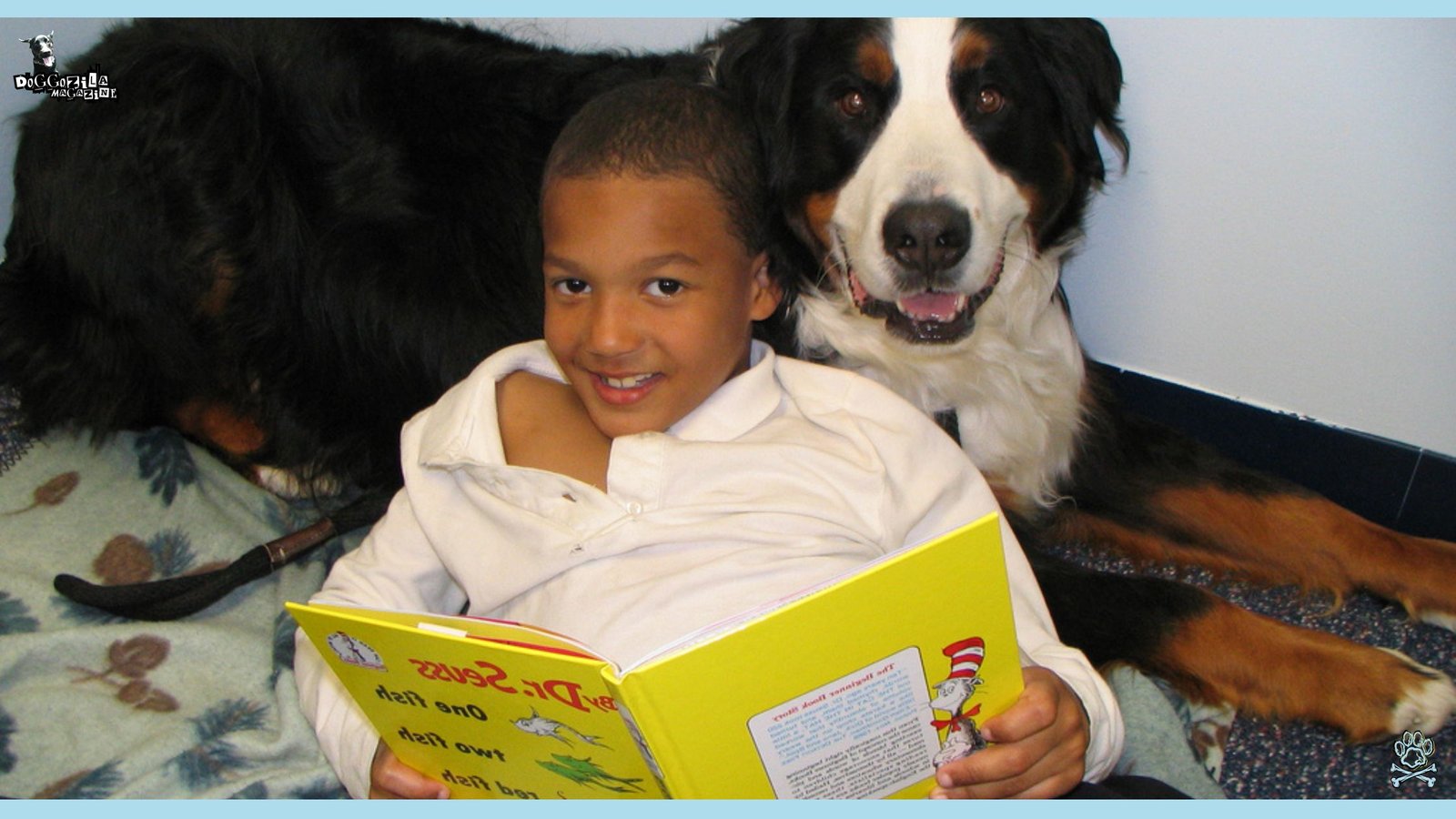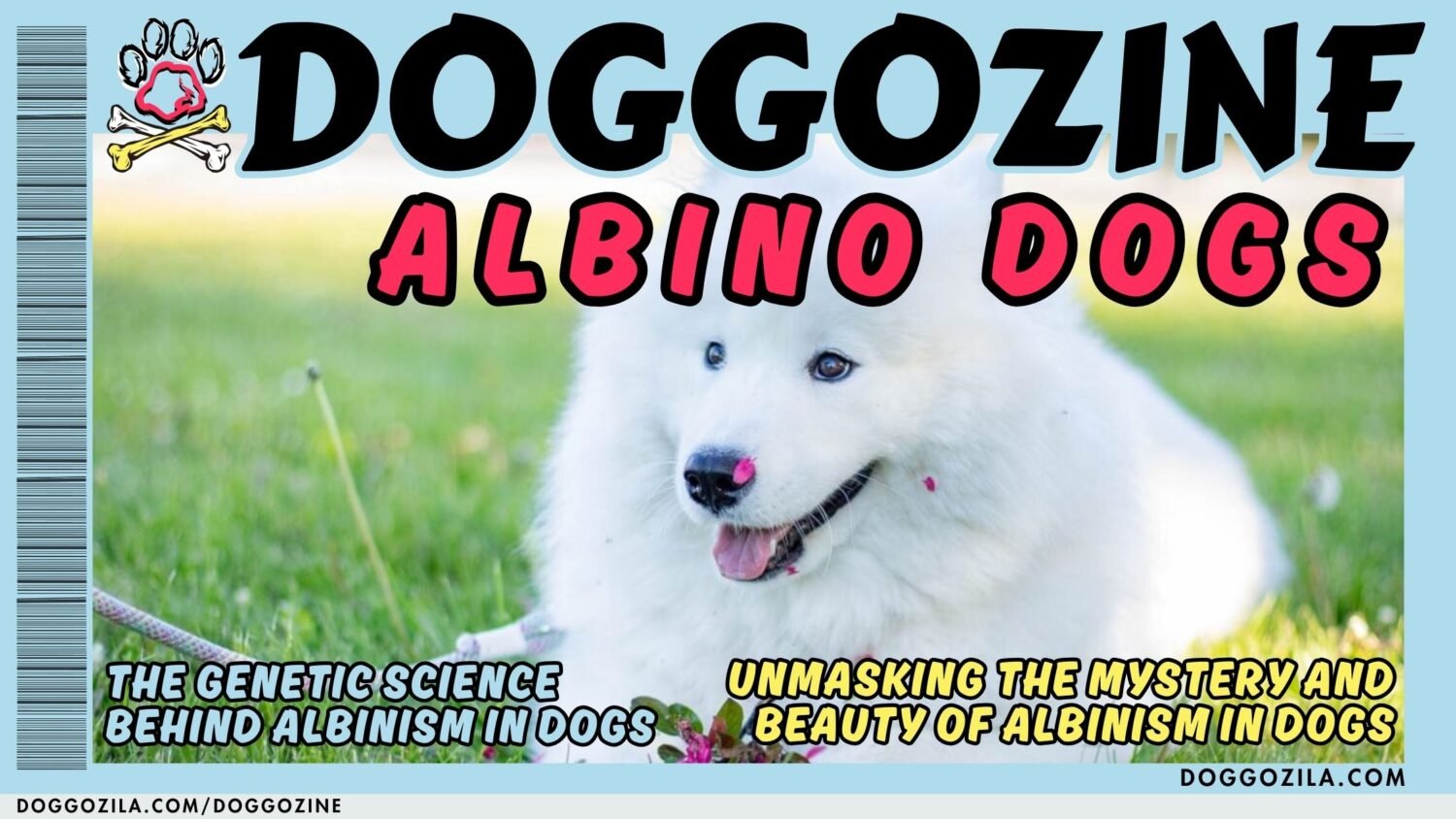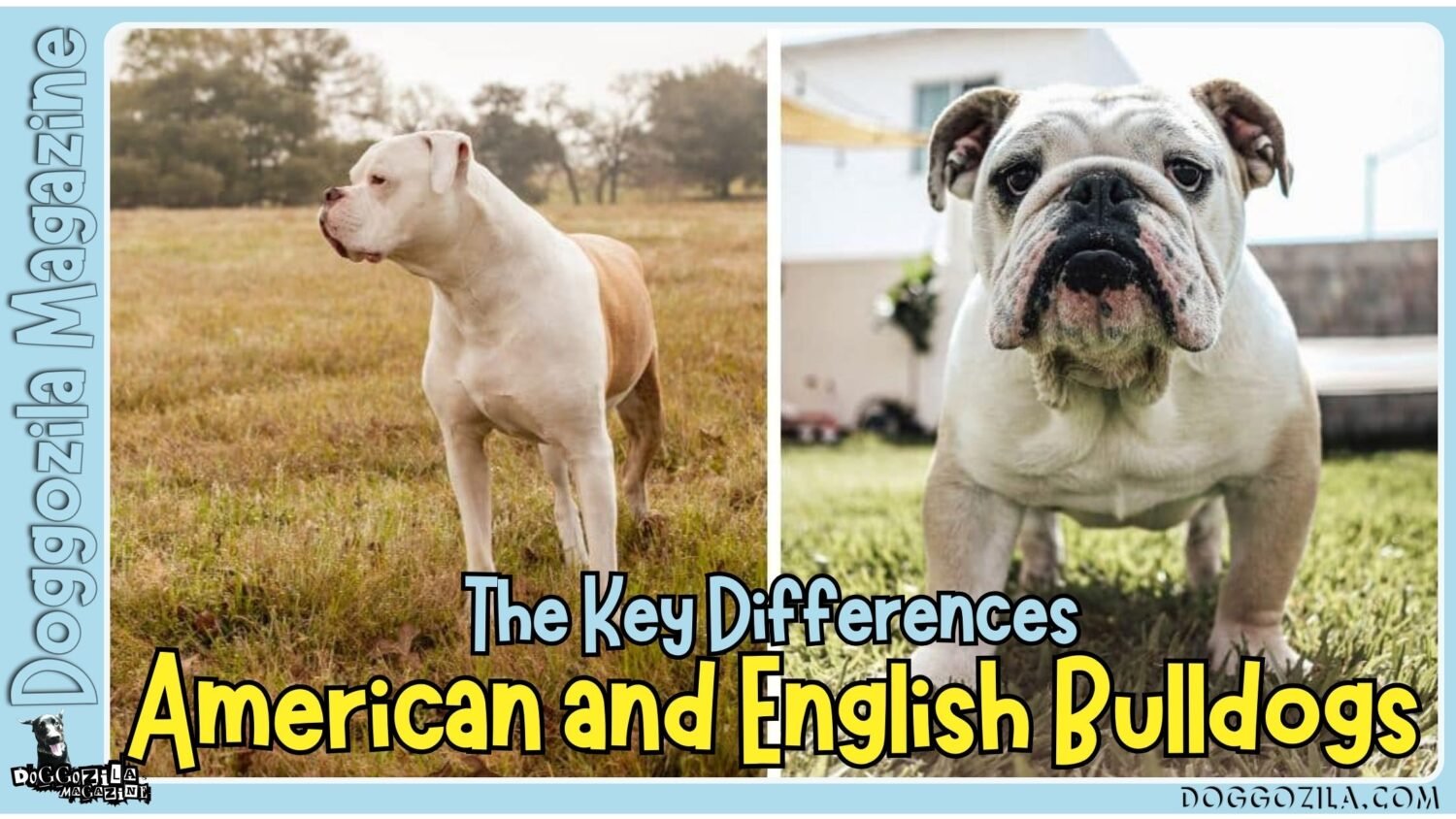Meet Katja. She is training to be a reading buddy. Her job is very important. After passing her test, she will join the tail wagging tutors’ program. This article explores how reading to dogs programs transform literacy. These programs help young readers. You will learn the fun science behind them. Discover how you can get involved. A furry listener builds great confidence. It creates a love of books for life.
„What if the key to unlocking a child’s reading potential was a wet nose and a wagging tail?“

Quick Summary About The READING TO DOGS PROGRAMS
This article follows Katja. She is a service dog in training. We explore reading to dogs programs. They make reading better for kids. These dogs boost confidence and lower worry. They make reading a happy time. Science and real stories prove it works.
MEET KATJA: A STAR IN READING TO DOGS PROGRAMS
Think of a listener who is never impatient. They never point out your errors. They love every story you read. That is the special magic a dog brings. The dog in question called Katja is in training. She is learning this important job. Katja gives comfort and does not judge. She makes reading fun, not scary. Her role is part of wonderful reading to dogs programs. These programs change how kids see books.
These reading to dogs programs create a special place. Kids who struggle with reading can relax there. Katja’s job is to be a furry friend. She is a friend who pays close attention. Katja loves hearing stories. She does not mind if you stumble on words. She is happy with slow reading. This story started in the living room. Little kid was shy about reading aloud. His confidence grew each week with Katja. Everyone saw how powerful this was. Now they share this with more children.
How Katja Found Her Job In Reading To Dogs Programs?
Katja was not always a reading expert. She started as a playful puppy. She always loved people. Everyone saw she had a calm nature. Children from next door came to read. Katja sat quietly and watched the pages. She was very patient and gentle. They started official training at age one. Than they worked on obedience and calm behavior. This work is now her favorite thing to do.
The Great Benefits Of Reading To Dogs Programs
The benefits are more than just fun. Studies show kids get better at reading. One study in California saw big improvements. Kids in after-school reading to dogs programs felt better about reading. They also read more smoothly and understood more. They practice reading without any stress. These reading to dogs programs also help kids learn new words. Kids feel okay about trying hard words. The calm setting lowers their fear. This helps kids a very great deal.
A Good Dog For Transforming Literacy Programs
Not every dog can do this job. That is completely okay. The best dog is naturally very calm. It must love being with people. It should not jump at loud sounds. Temperament is more important than breed. Big gentle dogs and small lap dogs can be great. These dogs must be certified therapy animals. Groups like Pet Partners give this certification. Katja passed a test on her temperament. She handled loud noises and clumsy hugs.
🔑 Key Points: Reading to dogs programs give a special, safe space. A furry listener like Katja can help. Reading turns from a scary task into a fun time.

THE SCIENCE BEHIND WHY READING TO DOGS PROGRAMS WORK
This magic is not just because dogs are cute. Real science supports the idea. A child’s body reacts well to a friendly dog. Being with a therapy dog lowers cortisol. Cortisol is a stress chemical. It also raises oxytocin. That is a feel-good hormone. This makes the brain ready to learn. Kids feel calm, focused, and open. Petting a dog can slow a child’s racing heart.
These reading to dogs programs change how a child thinks about reading. With no fear of judgment, they try difficult words. They also spend more time with books. Studies keep seeing the same good results. Kids get better at reading fluently. They also understand more of the story. One study found kids enjoyed reading more. The dog helps the brain feel safe. Then learning happens more easily.
The Smart Mind Trick Of The Literacy Programs
Dogs are the perfect audience for a child’s mind. They do not judge, correct, or hurry. This safe presence is key for young readers. Some kids have had trouble with reading before. They start to think books are bad. They may not want to read in class. With a dog, all that pressure goes away. The child becomes the confident storyteller. This change builds their belief in themselves.
What Studies Say About Reading To Dogs Programs?
Lots of research shows the value. Science proves dog-assisted reading helps kids. Another study saw that children liked reading more. They also felt better about themselves as learners. Universities have run their own projects. They saw kids’ reading skills get better. They also saw improved behavior and feelings. The proof for these programs keeps growing. It shows what teachers have seen for years.
How Reading To Dogs Programs Make Kids Feel Safe?
The feeling is different from a classroom. In class, mistakes can feel public. With a dog, stumbles are just between friends. This safety lets real learning happen. Many programs use regular, predictable sessions. The dog is both a friend and a protector. Kids who felt frustrated now feel capable. They finally feel comfortable with books.
🔑 Key Points: Science supports reading to dogs programs. Being with a calm dog lowers a child’s stress. It makes the brain perfect for learning. Kids remember new things much better.
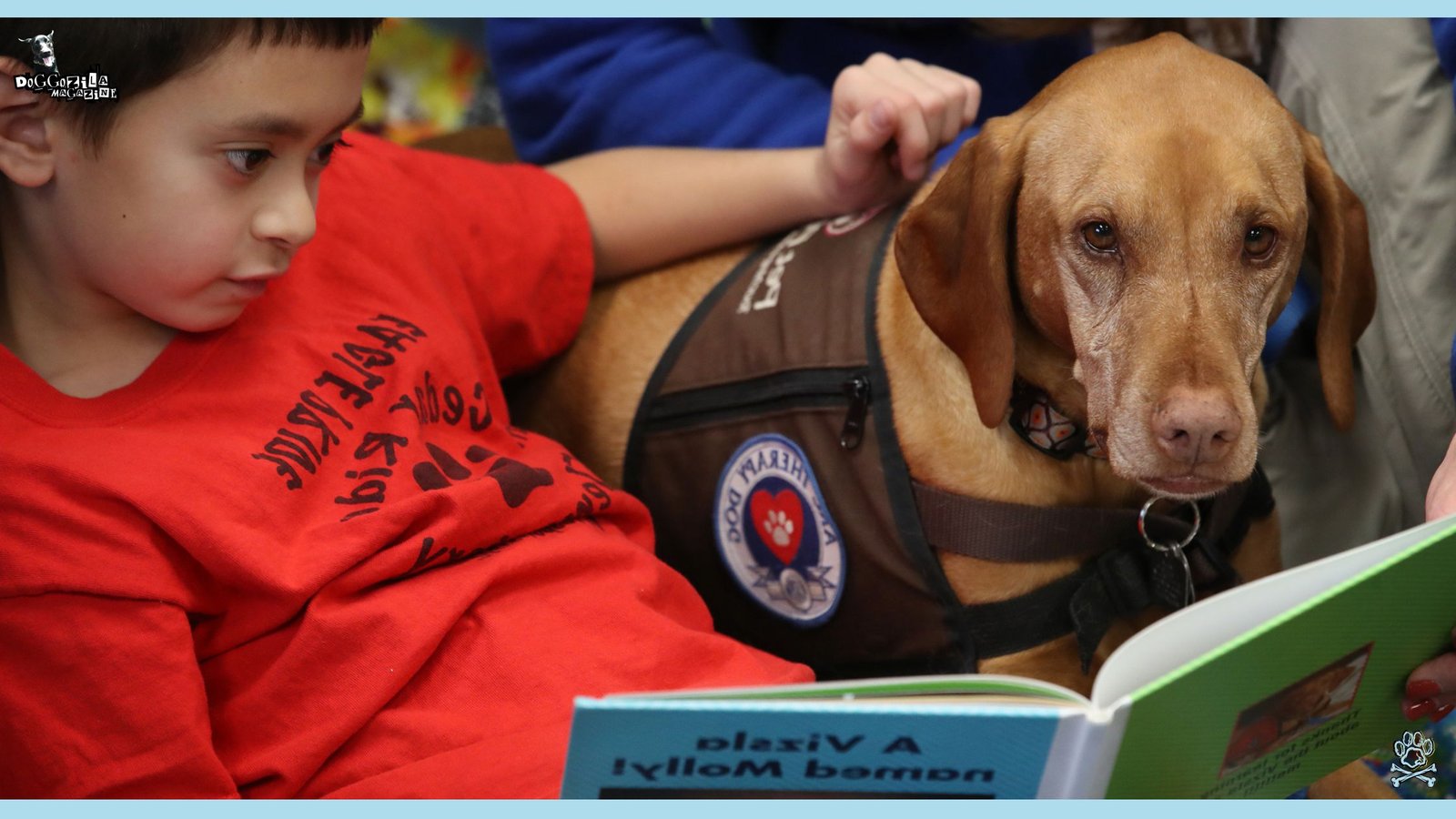
HOW TO START YOUR OWN PART IN READING TO DOGS PROGRAMS?
Many dog owners think about this. Could their dog be a reading partner? The good news is, many dogs can. The right training and certification are key. Most reading to dogs programs need this certification. It also provides important insurance. It makes sure everyone acts professionally.
First, be honest about your dog’s temperament. A good dog stays calm in new places. It must really like being with children. The dog should be able to ignore distractions. If your dog fits, it might be perfect. Next, get formal certification. Groups like Pet Partners do testing. Therapy Dogs International is another good group. This keeps everyone safe and happy. It checks the dog’s temperament and training. Owners learn the right way to do visits.
Training Your Dog For The Reading Programs
Training builds on simple obedience commands. Your dog must know “leave it” very well. It must stay calm near canes or wheelchairs. It should greet people softly without jumping. Katja learned to “settle” on a small mat. They practiced with lots of fun distractions. Getting used to different places is also key. Certification tests look at surprising events. They see how your dog reacts to dropped books.
How To Get Certification For The Reading Programs?
Not all therapy dog certifications are the same. You need to do your homework. Look for groups people know and trust. They should talk about reading programs on their website. Pet Partners and Therapy Dogs International are good. Your town library might know who to use. The certification has a skills test. It also checks your dog’s temperament. A visit with a tester shows you work well as a team.
Working With Schools for Tail Wagging Tutors’ Program
Talk to schools and libraries with a plan. Have a folder with all your papers. Put your certification and vaccine records inside. Explain how reading to dogs programs help kids read. Talk about the research that shows it works. You could offer to try one session first. Many schools already know about these programs. They often need more volunteers. Being ready helps them say yes quickly.
🔑 Key Points: The right dog with the right training can join. Groups like Pet Partners give certification. Your dog can become a calm reading partner. It can help in local reading to dogs programs.

KATJA’S STORY: FROM PUPPY TO READING PARTNER
Katja learned a lot on her journey. Her first training was for basic commands. They taught her harder skills later. These were just for reading to dogs programs. They taught her to look at the book. This makes it seem like she is reading. She learned to rest her head on a child’s lap. This gives comfort while the child reads.
Meeting new people and places was very important. They went to parks with many children. Also they walked near school playgrounds. They showed her wheelchairs and walkers. Than they practiced with all kinds of children’s books. Tried and used books with flaps and big picture books. They even used books that beep or sing. This got her ready for anything. Now she stays calm anywhere she goes.
Early Exposure For The Tail Wagging Tutors Program
Getting used to the world is the first step. It is the base for any therapy dog. For Katja, this meant happy first experiences. She met different people and heard new sounds. They made sure she knew children of all ages. They visited schools when kids were outside playing. Than they listened to the noisy playground from afar. At home, they played tapes of kids reading aloud. This careful work helped her succeed.
Special Lessons For The Programs
Dogs need to know more than just “sit” and “stay“. Katja learned to understand quiet signals. “Go visit” tells her to walk nicely to a child. She learned “chin rest” for reading time. They trained her not to eat food off the floor. She got used to loud, sudden sounds. Most of all, she can feel when a reader is nervous. She will gently nudge a worried child. This gives a sweet and comforting break.
Solving Problems In The Tail Wagging Tutors Program
Katja had some challenges to overcome. They worked through a few problems together. At first, Katja would get too excited. She wanted to play with every new child. They practiced calm hellos again and again. She was also unsure about loud noises. They used treats and praise to build her courage. Than they learned to see when she felt stressed. So, they always stopped before she got too tired.
🔑 Key Points: Getting ready for reading to dogs programs takes work. Your dog must meet many people and places. They need special training to be calm. They learn to support children during reading time.

HOW TO SET UP A GREAT SPACE FOR READING?
Where you read makes a big difference. First, find a quiet spot. It should have very few distractions. A library corner or a classroom nook works well. The area should feel cozy and safe. It should not be a big, open, or loud room. Some programs use small tents for reading. This makes a fun clubhouse just for the child and dog.
How you sit is also important. The dog usually lies on a comfy mat. The child sits next to them in a small chair. Some kids like the dog’s head on their lap. This feels nice. The handler sit little behind the dog. This gives the child space. A basket of books lets the child pick. The best reading to dogs programs keep the place the same each time.
What Are Good Spots For The Tail Wagging Tutors Program?
The best places are easy to find but also calm. Libraries are a natural fit. Schools can use quiet rooms or library corners. Some programs happen at both libraries and schools. The space should feel a little separate. But it should not be totally cut off. Sunlight and a comfortable room help. Always bring water for the dog.
What To Bring To Reading To Dogs Programs?
You need a few simple things for a good session. Bring a mat or blanket your dog knows. Have many books for different ages. Remember hand sanitizer for clean hands. The dog should wear a therapy vest or bandana. They bring a collapsible bowl for Katja’s water. Also have wipes to keep her clean. Having the right stuff makes everything go well.
How to Make a Good Plan For Reading To Dogs?
A clear plan makes sessions work best. Experts say 15-30 minutes is good for kids. Always start by introducing the child to the dog. Let the child pick the book they want. Choosing is a big motivation for them. The handler watches but does not interrupt. End with a happy routine, like a goodbye pat. Doing things the same way each time helps kids feel safe.
🔑 Key Points: The success of reading to dogs programs needs a good setup. A quiet place with few distractions is key. A regular plan makes children feel secure. They get excited to come and read.
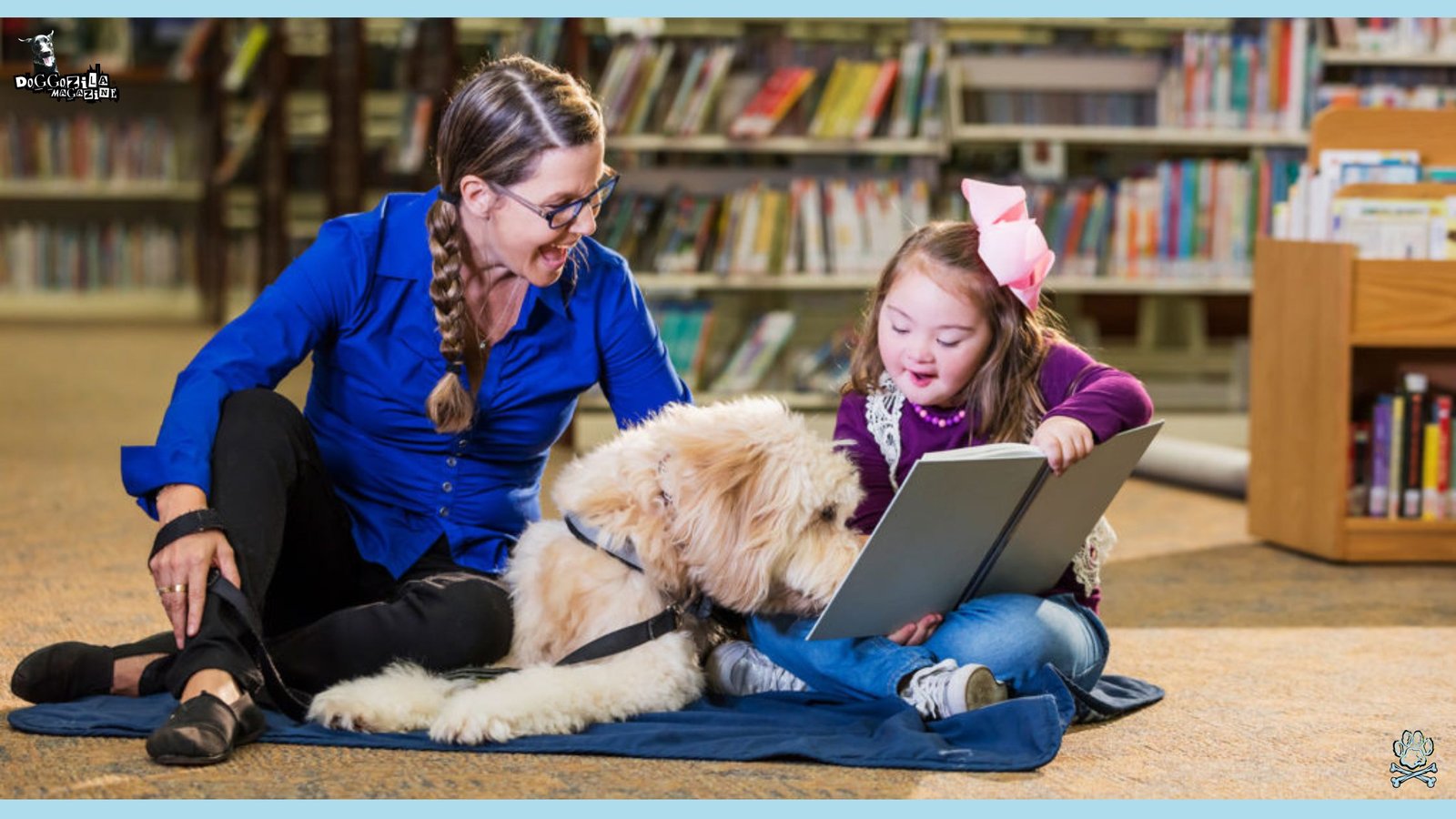
MORE THAN READING: EXTRA BENEFITS OF THE PROGRAMS
Better reading is the main goal. But the good things go beyond test scores. Kids show big growth in how they talk to others. They also get better at handling their feelings. Shy kids start to talk more. Teachers see them raise their hands more in class. These changes come from the program’s safe space.
Kids also learn to care about others’ feelings. They learn to understand what a dog is feeling. This helps them understand people better too. Reading to dogs programs welcome every child. Kids make friends because they all love animals. For a child having a hard time, the dog is a steady friend. This helps them become stronger in life.
Feelings And Friendship In The Reading To Dogs Programs
The learning about feelings is very strong. Kids practice using a calm voice. They learn to be kind by thinking of the dog’s needs. For some kids, the dog is a bridge. It helps them connect with other people. The programs also create a group for the children. I see them sharing book suggestions with each other.
How Reading To Dogs Programs Builds Confidence?
Kids become so much more sure of themselves. The children who started by whispering. Soon they read with big, expressive voices. This change happens because every time ends happily. The dog is always happy to see them, no matter what. One boy started reading out loud in his class. His teacher said it was because of his time with Katja. This new belief in himself spreads to other things.
The Healing Power Of Reading To Dogs Programs
Doctors and therapists see the good these programs do. Petting a dog can lower your blood pressure. It cuts down on stress chemicals in the body. For anxious children, the programs offer real comfort. Some therapists now include animals in their work. A police department program shows how dogs help. Their dogs can sense when a person is stressed.
🔑 Key Points: The good from reading to dogs programs is huge. It is not just about reading better. Kids feel better about talking to others. They handle their feelings better and are more kind. This happens by being with a therapy dog.

SEEING THE GOOD: HOW THE PROGRAMS HELP READERS?
You can see success in numbers and in smiles. We see how fast and how well a child reads over time. Teachers tell us that kids in the program do better on tests. One study found kids liked reading a lot more. The best signs are the changes you can feel. A child now takes books to the park. A kid who hated reading now asks for more time. Many kids found joy reading to dogs.
The good effects spread to other parts of life. Parents say their kids now read for fun. Teachers see kids stick with hard problems longer. The children themselves feel less nervous about school. These changes show the program’s full value. It helps create confident, strong learners. These kids truly believe they can do it.
Watching Progress In Reading To Dogs Programs
Good programs keep track in a few ways. Many check skills before and after the program. Teachers also give updates on how a child is doing. Helpers write notes about which books kids pick. Some programs use short videos to remember progress. All this information shows the program works. It helps get money to keep the program going.
Happy Stories From Reading To Dogs Programs
The best proof comes from the children themselves. Third-grader Maya would not read out loud at first. After two months, she used different voices for characters. Ten-year-old Leo did much better than anyone hoped. A group of second graders began their own book club. Stories like this happen everywhere there is a program. They show the amazing connection between kids and dogs.
Lasting Good From Reading To Dogs Programs
The good does not end when the sessions do. Research shows happy memories can make a lifelong reader. The new confidence helps in other school subjects. Kids often become more caring and understanding. These skills help them their whole lives. The programs plant seeds for a brighter future. They can change the path of a child’s learning.
🔑 Key Points: The effect of reading to dogs programs is powerful. It is not just about higher scores. We see a change in how children feel. They become happy, confident readers who believe in themselves.
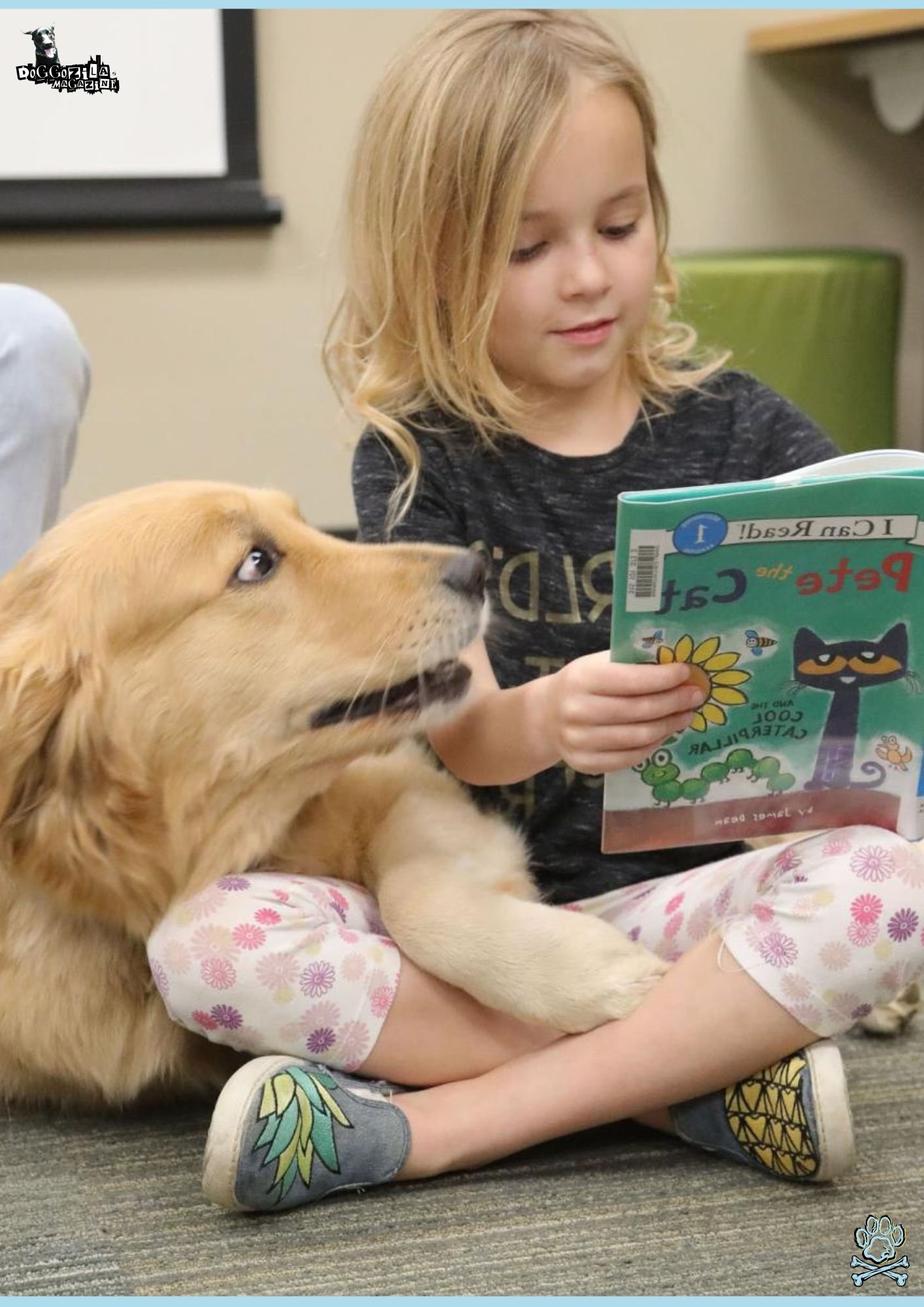
HOW TO START A READING TO DOGS PROGRAM WHERE YOU LIVE?
You can do this in your own town. It is a goal you can reach. First, learn about programs that already work. Find out what your town needs by talking to people. Speak with school librarians and reading teachers. Get a group of people who want to help. You need certified teams and people to organize. Ask your local library or school to help. They have the space and can help you start.
Think about funding and how to keep it going early on. Many programs begin with just volunteers. They use books people give them. As they grow, they can ask for grants. Write down how your program helps kids. Use stories and numbers to show your success. This is very important for getting continued help. The programs that last become part of the town’s life.
Where to Find Friends For Your Reading to dogs Programs?
Good partners make a program strong. Talk to your town library and schools first. Reading teachers know which students need help. A vet might pay for the certification test. Local shops could give books or a space to read. Tell people about the science that supports the programs. Have a clear plan that says who does what. Make sure the partnership is good for everyone.
Funding For Your Read to Dogs Programs
You do not need a lot of money to start. Early costs are for certification and books. Many begin with just people giving their time. Grants from education groups can help you grow. Some programs ask for a small fee from families. Fun fundraisers can get money and spread the word. A community read-a-thon is a perfect idea.
How to Change and Transform Literacy Programs For Any Place?
These programs can fit anywhere. They usually happen in libraries and schools. But you can change them to help other kids too. Some programs work in children’s hospitals. Online programs help kids who live far away. Think about what your own town needs. Find places where children could use a friend. Then change the program to fit that place.
To read the full story about Katja, visit this link: Katja The Service Dog in Training!
🔑 Key Points: You can begin a reading to dogs program where you live. Make friends with local schools and libraries. Find money through grants and town support. This makes sure the program helps kids for a long time.
